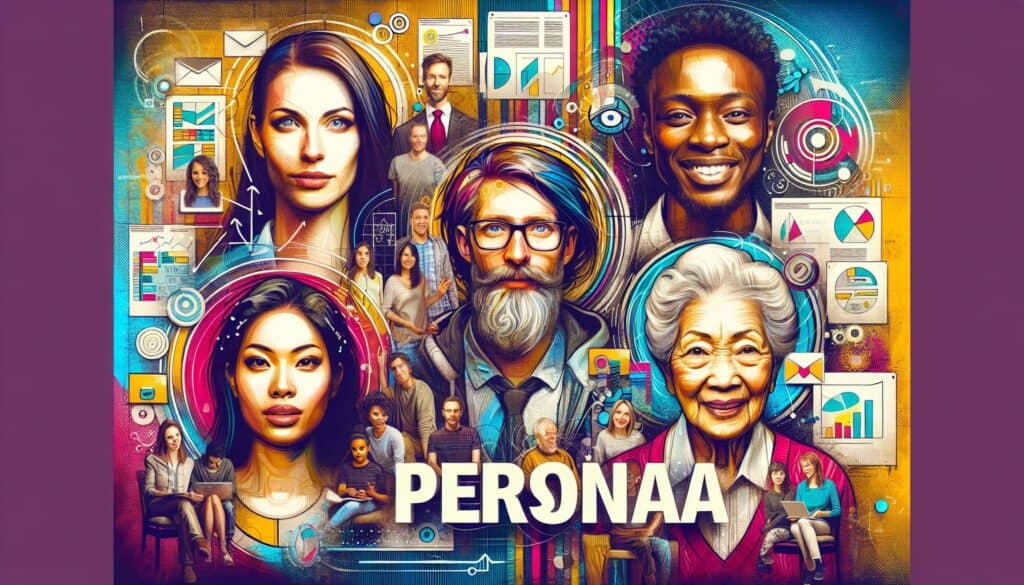To create rich, fictional representations of target user types based on user research, helping design teams to empathize with and design for real users.
- Methodologies: Engineering, Quality
Persona

Persona
- Customer Journey Mapping, Design Process, Design Thinking, Human-Centered Design, Interaction Design, Prototyping, User experience (UX), User-Centered Design
Objective:
How it’s used:
- Personas are developed from user research data (interviews, surveys, observations) and include a name, photo, demographics, goals, needs, motivations, pain points, and relevant behaviors. They are used as a reference point throughout the design process.
Pros
- Fosters empathy and user-centered design, helps create focus and alignment within the team, aids in decision-making and feature prioritization, improves communication about users.
Cons
- Can be based on stereotypes if not well-researched, may not represent all users if diversity is lacking, can become outdated if not regularly updated, risk of design teams treating them as real individuals without flexibility.
Categories:
- Customers & Marketing, Ergonomics, Ideation, Product Design
Best for:
- Guiding design and development decisions by keeping the needs, goals, and behaviors of specific user archetypes at the forefront of the process.
Personas serve as vital tools across various stages of the product design process, particularly in industries like software development, consumer electronics, healthcare, and automotive, where understanding user needs is fundamental for innovation. During the research phase, development teams initiate persona creation through qualitative and quantitative research methods, gathering data from real users through in-depth interviews and contextual inquiries. This data becomes aggregated into distinct archetypes representing segments of the user base, ensuring that design and engineering efforts align with actual user behaviors and expectations. Teams often employ these personas in brainstorming sessions, ensuring that discussions remain centered around user-centered principles while informing feature selection and design enhancements that resonate with target audiences. Regular workshops involving cross-disciplinary team members, such as designers, engineers, marketing specialists, and stakeholders, help maintain alignment on user goals and pain points, fostering an environment where every decision is informed by a deep understanding of the user. Additionally, personas are beneficial for creating user stories, enhancing communication across teams by providing a tangible reference that conveys user motivations and challenges, thus breaking down silos that often exist in organizational structures. Well-developed personas can also be instrumental in usability testing scenarios, enabling teams to validate design assumptions and optimize the user experience based on concrete user feedback. Integrating persona-driven methodologies throughout the product lifecycle enhances the ability to innovate continuously while remaining responsive to evolving user needs and expectations.
Key steps of this methodology
- Analyze user research data to identify patterns and trends.
- Segment users into distinct groups based on shared characteristics.
- Create detailed profiles for each persona, including name, photo, demographics, and background.
- Define specific goals and needs for each persona.
- Identify motivations and pain points relevant to each persona.
- Outline relevant behaviors and preferences of each persona.
- Share the personas with the team to guide the design process.
- Reference personas during design and development to ensure user focus.
- Iterate and refine personas based on new user feedback and insights.
Pro Tips
- Incorporate iterative feedback loops by continuously revisiting personas as user research evolves throughout the product lifecycle.
- Utilize quantitative analysis alongside qualitative data when refining personas, ensuring they accurately reflect user behavior trends.
- Employ scenarios that depict personas in realistic contexts to enhance team understanding of user interactions with the product.
To read and compare several methodologies, we recommend the
> Extensive Methodologies Repository <
together with the 400+ other methodologies.
Your comments on this methodology or additional info are welcome on the comment section below ↓ , so as any engineering-related ideas or links.
Historical Context
1986
(if date is unknown or not relevant, e.g. "fluid mechanics", a rounded estimation of its notable emergence is provided)

Related Posts
Monte Carlo Simulation
Model-Based Testing
Model Checking
Mixed Methods Research
Mistake Proofing (Poka-Yoke)
Mission Profile Testing